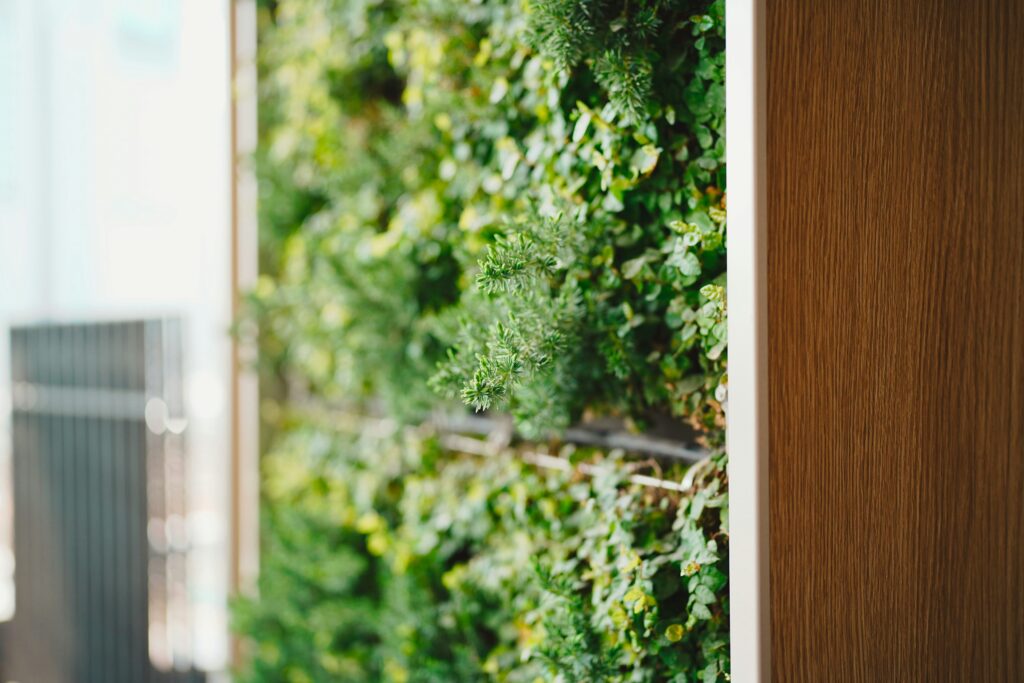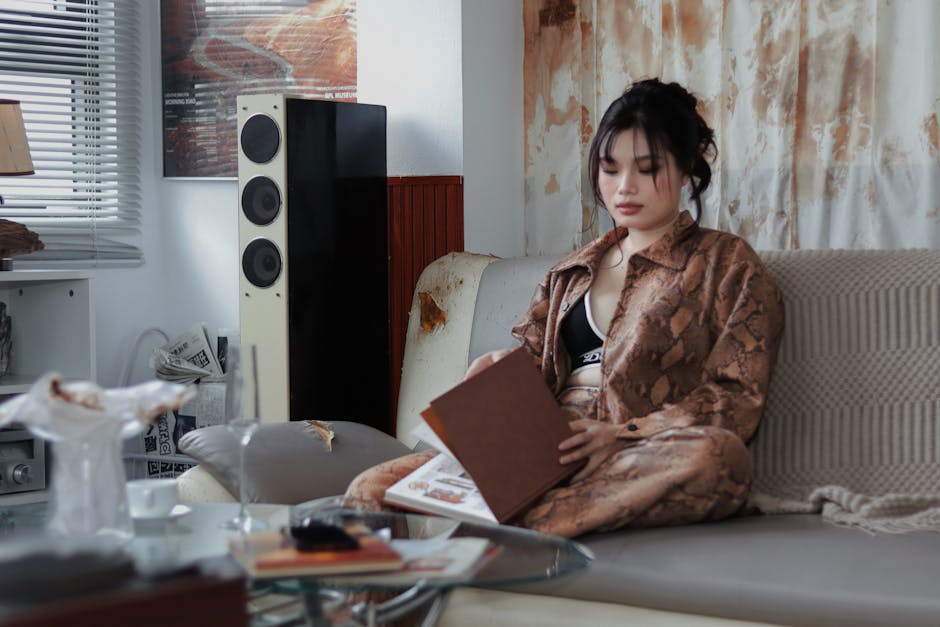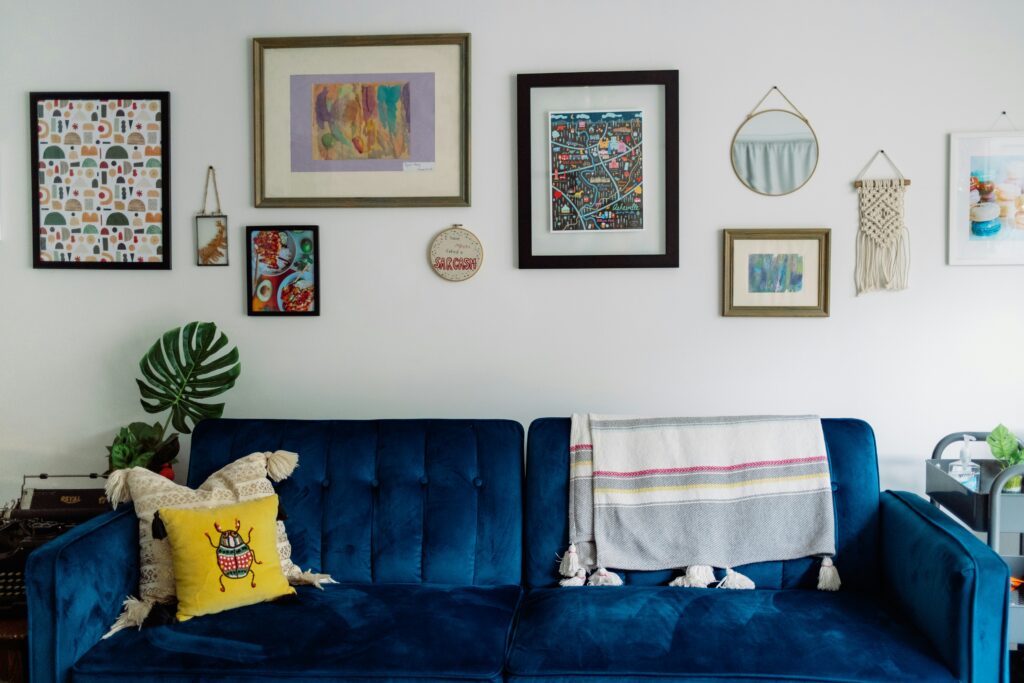Home isn’t just a place to crash or cook meals. It’s the backdrop to daily life, your private stage. And when it reflects who you are, it does more than look good — it feels right. Personalized space gives you calm, clarity, and a sense of control in a world that won’t stop moving.
Design isn’t just about color palettes or where the couch goes. It’s storytelling. That old chair you found at a garage sale. The photo collage from college. The mug you always reach for. These things aren’t random. They mark time. They carry meaning, memories, and identity.
A lot of homes today look like furniture catalogs. Clean, yes. But you don’t live in a showroom. Real style comes when you stop caring about trends and start curating pieces that mean something to you. That’s when a space turns from generic into yours. When it starts to hold not just stuff, but stories.
Before you ever hit record or choose a font, dig deeper. Great content isn’t just about trends. It’s about what sticks. Start by identifying the core memories, values, and passions that actually matter to you. Think back to moments that shaped you. What made you curious? What made you feel something?
Once you’ve got those down, translate them into design or theme cues. If a camping trip with your grandfather taught you patience, maybe slow, intentional visuals are your vibe. If your upbringing in a tight-knit neighborhood gave you a love for storytelling, lean into grounded, honest moments.
Here’s a quick brainstorm to kick it off: Who are the people you never want to forget? What places feel like home? Which family tradition surfaces every year without fail? Those aren’t just memories. They’re raw material. Use them.
Using heirlooms, art, and keepsakes in a space is less about decoration and more about storytelling. The key is strategy. Instead of spreading mementos across every surface, focus on small intentional clusters that mean something. One well-placed family photo or a worn book from a grandparent often tells a stronger story than a whole shelf packed with souvenirs.
The trick is to keep emotion without tipping into clutter. Group pieces by theme or shared memory. Keep surrounding areas clean so each item breathes. Think gallery wall, not overcrowded mantle.
Take the example of a travel wall done right: One creator turned an empty hallway into a quiet narrative of global memories. Five framed prints from different countries. A single shelf below, holding a journal and a small ceramic from a local artist. Nothing screams look-at-me, but everything pulls you in. The story is clear without shouting.
Use the things that matter, let go of the ones that don’t. Your audience can feel the honesty.
Design That Supports Your Real Life
Creating a home or workspace that looks good is important, but in 2024, form follows function. Instead of designing based on trends or superficial aesthetics, creators are embracing spaces that align with their unique rhythms and routines.
Prioritize Flow Over Perfection
Rather than forcing yourself into someone else’s version of ‘organized’, work with your natural habits. If you’re someone who thrives in flexible environments, don’t over-structure your space.
- Start by observing how you move through your day
- Design your space to enhance—not disrupt—your routines
- Choose simplicity over style when the two conflict
Create Zones That Reflect Your Needs
Instead of aiming for a picture-perfect setup, carve out small, intentional zones around your real-life activities. These don’t have to be big. A cozy reading nook, a mobile recording setup, or a dedicated editing corner can all make a huge impact.
- Identify your top 3 daily actions (e.g. filming, editing, resting)
- Design a mini space for each one that removes friction
- Integrate tools and design elements that invite focus and ease
Let Style Serve Your Lifestyle
Aesthetic matters—but it should serve your routines, not fight against them. When you design visually appealing spaces around your habits, you create consistency and a stronger creative mindset.
- Choose colors and textures that support your energy (calm, creative, energized)
- Align decor with your daily rituals to build subconscious cues
- Keep beauty functional: every object should earn its place
Good design in 2024 isn’t about Instagram-worthy perfection. It’s about building a space that serves you, energizes you, and grows with you.
Design that sticks with people doesn’t just look good. It feels like something. That comes down to choices—textures that beg to be touched, colors that trigger memories, and materials that carry a story. Go beyond trendy palettes and think personal. What makes sense for your space and your story?
Linking your design to real life creates emotional weight. That could mean using rough linen from an old family farm, or a deep navy that matches your childhood bedroom. One standout example: a creator used reclaimed wood from the porch of a family cabin to build out their vlog studio. It wasn’t just warm and worn—it carried decades of meaning.
When every backdrop tells a story, viewers feel it even if they can’t name it. Vlogging isn’t just about what’s in frame. It’s how what’s in frame makes people feel.
Biophilic Elements That Make a House Feel Human
Strip everything sterile out of a room and add a plant. That tiny shift alone tells your nervous system: it’s okay to exhale. Biophilic design works like that. It’s not fluff or trend—it’s instinct. We’re wired to feel at ease in environments that reflect nature.
Think beyond the usual potted fern. Natural textures—like wood, stone, clay, or linen—pull a space back from feeling like a showroom. Daylight does more heavy lifting than most realize. A well-lit corner can shift mood, boost focus, and reset your circadian rhythm. And when you play with shadow as well as light, the space starts to breathe.
Plants matter too, of course. Not just for looks, but for texture and life. A trailing vine, a spiky cactus, or even a humble herb garden brings rhythm back into otherwise flat interiors.
Bottom line: when your space looks alive, it helps you feel more alive. For a deep dive into how to make it happen, check out How to Bring Biophilic Design Into Your Living Space.
When Less Actually Reveals More
In 2024, clarity beats clutter. Creators are learning that you don’t need to narrate every detail of your life for content to connect. The best moments often happen in silence, or in what’s implied. Letting your viewers fill in the blanks builds trust—and curiosity. Oversharing dilutes impact.
In today’s vlogging landscape, everything still looks polished. But audiences can spot the difference between curated and forced. It’s okay to stage your shot, just don’t stage your personality. True connection lives in the space between what’s shown and what’s left unsaid.
Here’s a simple gut check: if someone landed on your profile out of nowhere, would they feel they walked into something real? Or something trying too hard? If your story hangs in the air without shouting, you’re probably doing it right.
Designing Your Home as a Living Biography
Your space tells your story, whether you plan it or not. That poster from college, the chipped mug you still use, even the color you painted your bedroom. These things speak. Designing your home as a living biography means being intentional about what you’re saying—but staying open to edits.
You grow, your taste shifts, and your space should move with you. Swap out the prints you once loved for ones that reflect who you’ve become. Rearrange. Add. Strip back. A bookshelf can be part library, part memory lane. A hallway wall can carry a timeline. None of it needs to be magazine perfect. It just needs to be yours.
The end goal isn’t a showroom. It’s a snapshot of your life—messy, layered, and in progress. Done right, no one else could live there but you.


 Vicky Skinneriez brings sharp research and fresh perspectives to the platform. As a key contributor at drhextreriorly, she covers software advancements, modern app ecosystems, and the evolving digital landscape. Vicky’s writing blends accuracy with creativity, helping readers understand the real impact of today’s most important tech developments.
Vicky Skinneriez brings sharp research and fresh perspectives to the platform. As a key contributor at drhextreriorly, she covers software advancements, modern app ecosystems, and the evolving digital landscape. Vicky’s writing blends accuracy with creativity, helping readers understand the real impact of today’s most important tech developments.

